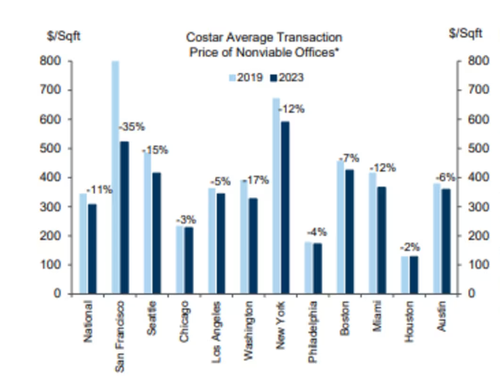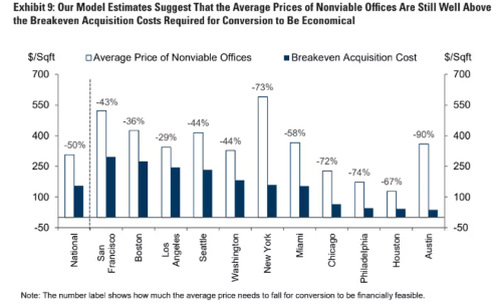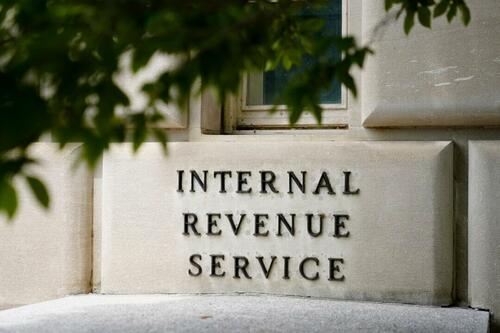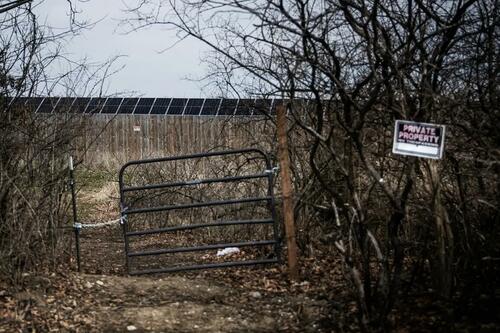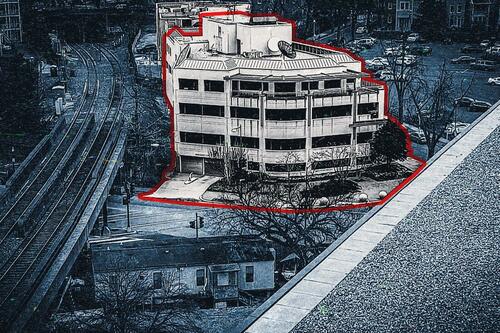Illinois Judge Removes Trump From Primary Ballot
By Catherine Yang of Epoch Times
Ahead of a Supreme Court ruling on whether former President Donald Trump can be disqualified as a candidate by individual states under Section 3 of the 14th Amendment, an Illinois judge ruled President Trump ineligible for the ballot.
Cook County Circuit Court Judge Tracie Porter, following other jurisdictions, stayed her order to remove the former president pending an appeal which he has, and which the Supreme Court has said it will hear. The ruling came a week after the judge heard arguments regarding Illinois statutes.
“This Order is stayed until March 1, 2024 in anticipation of an appeal to the Illinois Appellate Court, First District, or the Illinois Supreme Court. This Order is further stayed if the United States Supreme Court in Anderson v. Griswold enters a decision inconsistent with this Order,” the ruling reads.

On Feb. 8, the day the Supreme Court heard arguments regarding Colorado’s disqualification of President Trump, mail-in ballots were sent out in Illinois with President Trump’s name on them. This puts the state in a position to potentially have to not count votes cast for him.
If the order is not stayed and reversed, the state elections board will be tasked with removing “Donald J. Trump from the ballot for the General Primary Election on March 19, 2024, or cause any votes cast for him to be suppressed, according to the procedures within their administrative authority.”
Much of the judge’s opinion and order dealt with state law and whether the state elections board had the jurisdiction to rule on this matter.
The judge found that Illinois law allowed petitioners to bring this kind of a challenge and that President Trump was “disqualified by engaging in insurrection,” noting that this finding was echoed by the hearing officer of the state election board and the Colorado Supreme Court.
“This Court shares the Colorado Supreme Court’s sentiments that did not reach its conclusions lightly. This Court also realizes the magnitude of this decision and it (sic) impact on the upcoming primary Illinois elections,” the order reads.
Both of those jurisdictions based the “insurrection” conclusion on records that plaintiffs presented drawn largely from the controversial Jan. 6 Select Committee report.
Judge Porter determined that Section 3 was self-executing, applied to presidents, and could be applied by individual states even in the event of a national election.
These legal issues are all currently before the Supreme Court, which on Feb. 8 questioned attorneys representing President Trump and six petitioners from Colorado on the ramifications of states applying Section 3 at length and spent little time discussing whether an insurrection occurred.
Petitioners
The challenge was brought by five Illinois voters, represented by the activist group “Free Speech for People.”
Earlier, the bipartisan Illinois State Board of Elections unanimously voted to keep President Trump on the ballot after determining that the board did not have the authority to analyze constitutional issues. The board unanimously voted to keep President Joe Biden on the ballot for similar reasons, in response to two separate challenges brought against the sitting president.
The challenge to President Trump’s eligibility was then appealed in circuit court, and the parties have indicated that whatever the ruling, it would be appealed to the Illinois Supreme Court.
Free Speech for People Legal Director Ron Fein declared it a “historic victory.”
Continue reading at Epoch Times
Tyler Durden
Wed, 02/28/2024 – 21:59
via ZeroHedge News https://ift.tt/M1oHu8Y Tyler Durden

